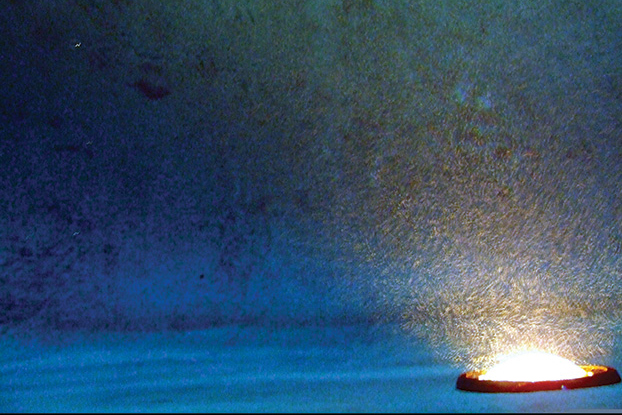The U.S. Department of Energy has passed another rule that will have an impact on the pool/spa industry.
The agency recently released its Energy Conservation Standards for General Service Lamps, written to manage the amount of energy expended on lights in various applications and industries.
Similar to the DOE rule for variable-speed pool and spa pumps, this new regulation is performance-oriented. It applies to all lamps that emit between 310 and 3,300 lumens. If a light falls under that category, it must emit at least 45 lumens per watt.
“Plenty of the incandescent and halogen lights out there will be impacted by this ruling, because they don’t typically fall within that range,” said Megan Helms, product manager of lighting for Fluidra.
While LED lights will be held to the same requirements, more products using that technology currently fall within the ruling’s parameters, she added.
But this latest DOE rule has a more strict enforcement timeline than that of the variable-speed pump regulation. With the latter, businesses were allowed to clear inventory of the older pumps that had fallen out of compliance, as long as they were manufactured before the effective date.
Here, the cut-off is harder: As of January 1, 2023, manufacturers were no longer allowed to produce, sell or import non-compliant lights. They face a penalty if they do so.
Distributors and retailers will be prohibited from selling non-compliant lights beginning March 1, 2023. Companies that sell non-compliant lights between March 1 and July 31 will be given reduced penalties. Beginning August 1, full penalties will go into effect for distributors and retailers.
While Helms believes that most builders and designers are used to working with the types of technology that more naturally fall within the rule’s parameters, there will be more impact on the replacement of lights on existing pools. Service and renovation firms may need to swap out existing fixtures with others that are compatible with the niche, unless a compliant bulb is available that is compatible with the fixture. “There are bulbs out there that can retrofit into the incandescent fixture,” Helms said. “But, depending on the situation, you may need to pull the light as well.”
If in question, she suggests consulting the manufacturer to best determine how to replace a light that falls outside the requirements of this new rule.
“We’re confident that this transition will be a smooth one for our customers,” she said.


